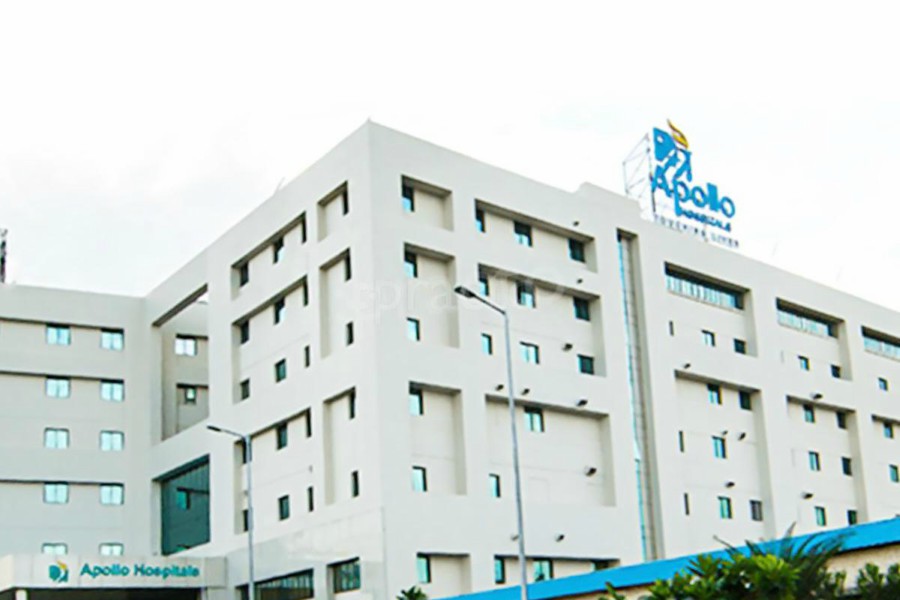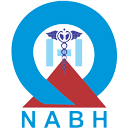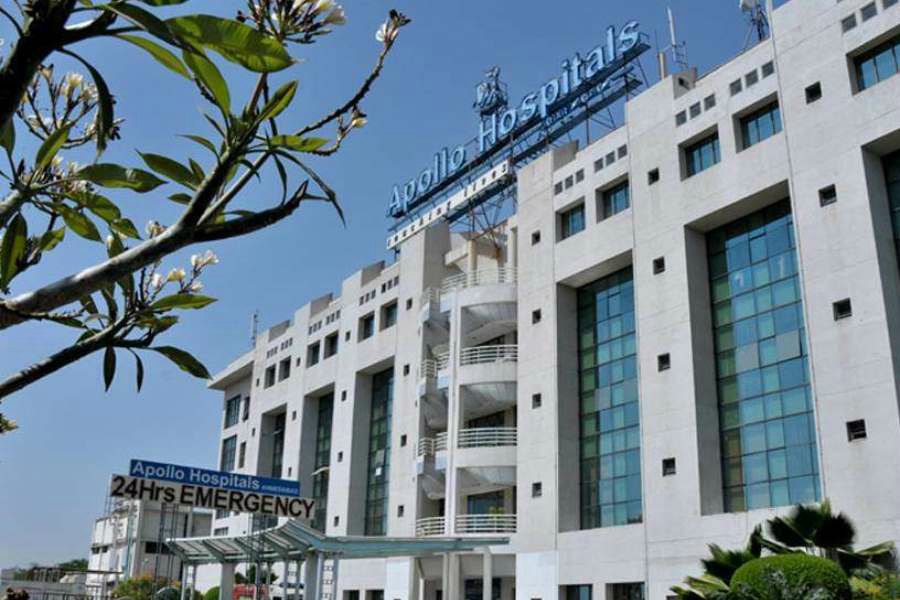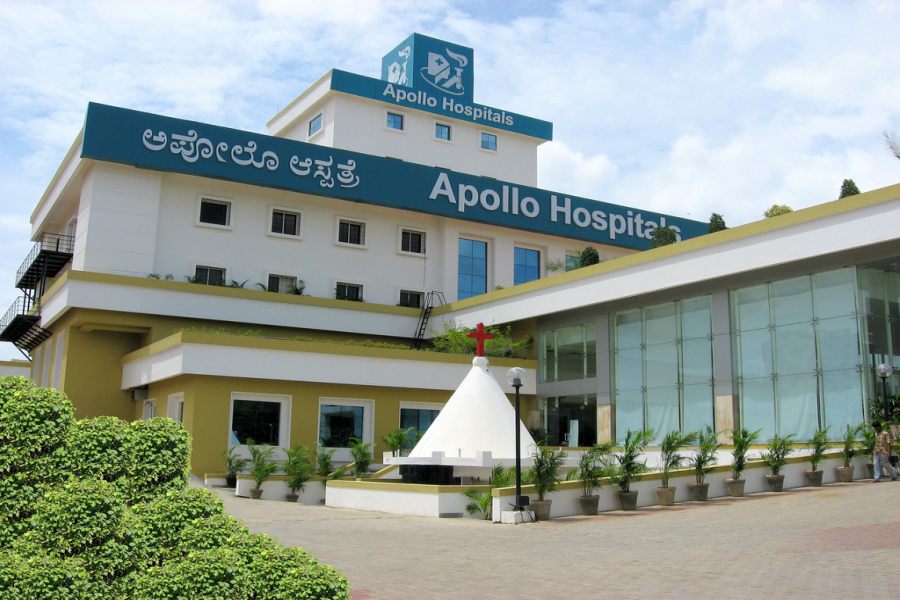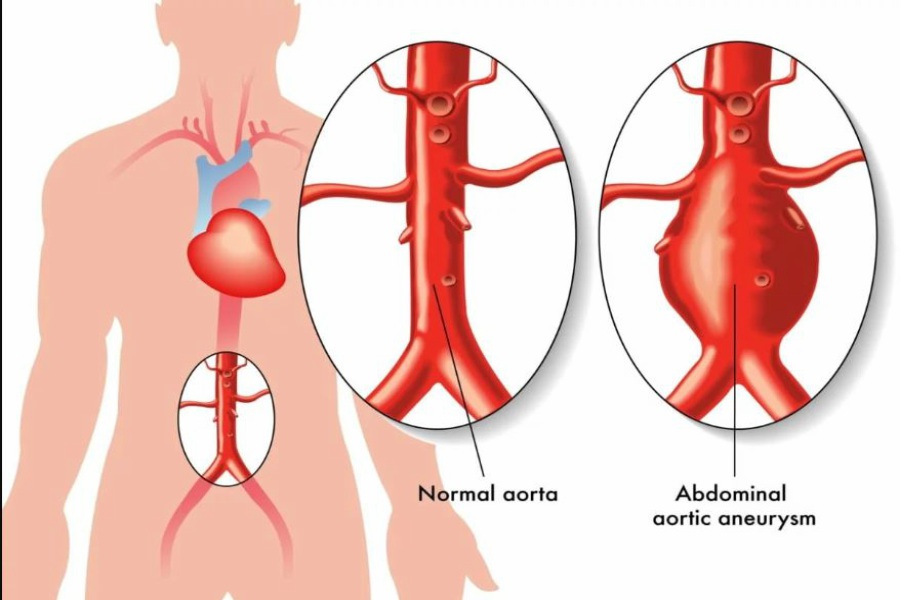
Overview
An abdominal aortic aneurysm (AAA) normally refers to localized enlargement of the abdominal aorta. It carries blood away from your heart to the rest of your body. Though your aorta is a strong and long-lastingartery, yet over the time its walls can lose strength, thus leading to swell up succumbing to pressure. This phenomenon is called an aortic aneurysm. It could cause a dangerous leak from inside the artery.
While some patients may have their AAA to rupture, for some this phenomenon does not occur at all. In other patients, the condition might result in reverse blood flow from different tissues or even organs. This may result in life-threatening situations like stroke or kidney failure. Extensive damage can also result in death.
Troubles from aortic aneurysms take place in 2 ways:
Burst: The damaged area may build up a hole known as a rupture that allows blood to leak or burst out into the body.
Dissection: The blood pumped powerfully all the way through the aorta can crack the layers of the artery wall. It allows the build-up of blood to constantly leak into space. This further splits the artery wall.
Sizes of AAA
The abdominal aortic aneurysm is grouped into 3 sizes.
- Small AAA: When the enlargement of the abdominal aorta is anywhere between 3 cm and less than 4.5 cm then it is known as small AAA.
- Medium AAA: In Medium AAA, the enlargement of the abdominal aorta spans between 4.5cm or more and to less than 5.5 cm diagonally.
- Large AAA: When the enlargement of the abdominal aorta is 5.5cm or above, it can be the reason for a large AAA.
Cases in small or medium AAA might not require intensive treatment or surgical procedures. The chances of risks with lower/ medium AAA bursting is small. So, the physician will recommend going for diagnostic scanning assess its size. Patients with small or medium AAA can cope without invasive surgeries with minor changes to diet and lifestyle.
Causes
There is not any fix factor for forming of an AAA but there are certain things which can increase the risk of getting an AAA.
Primarily Factors
- Atherosclerosis - When fat and other substances accumulate on the lining of a blood vessel.
- High Blood Pressure – It can damage and weaken the walls of an aorta.
- Infection in the Aorta – When there is a bacterial or fungal infection then it can cause AAA.
- Trauma – Some kind of trauma such as being in a car accident can be the reason for abdominal aortic aneurysms.
- Blood Vessel Infection – Some diseases can cause vessels to become swollen which can be the reason for AAA.
- Hypervolemia – In this condition too much fluid is accumulated in blood.
- Narrowing of the Aorta
- Polycystic kidney disease – It is a form of gene-related problem. It is typically characterized by formation of fluid-filled cysts in the kidneys. This can be a reason for the onset of AAA.
SYMPTOMS
AAA mostly grows slowly without symptoms. It makes it very difficult to identify. Some aneurysms burst while some never rupture. Many of them start off small and remain small; On the other hand, some enlarge over time and some very speedily.
If you have an increasing abdominal aortic aneurysm – large AAA, you might observe the following symptoms.
- In most of the cases, AAA found when you are being evaluated for another medical condition. It because AAA most of the time grows gradually without any symptoms.
- Sudden and constant pain in your abdomen or on the side of your abdomen. If you have a family history of AAA then chances of having large AAA is a lot. If you feel severe pain then it is a signal that you have developed an AAA, probably one in a procedure of bursting.
- If you feel severe and constant back pain then you might have an increasing AAA.
- A pulse near your bellybutton is also the symptom of AAA.
- In very fewer cases, patients having AAA, experiences discolored skin, sores on toes and feet.
- Constant stomach pain
DIAGNOSIS
AAA is often found inadvertently during regular medical tests. Some tests like ultrasound exams may uncover the possibility of AAA affecting your body.
At the time of diagnosis, the referred clinic and doctors by TMI will check it out your medical history and family background. After that a thorough physical examination is conducted. Based on its results, the presence of AAA can be confirmed. The physician may recommend going for a round of testing as below to confirm that the AAA is actually present.
- Abdominal Ultrasound: For accurate AAA diagnosis, abdominal ultrasound technique is widely used and most accurate way. In this, you have to lie down on a table. Here, a medical transducer will be moved across your body surface. This will generate the corroding image on a computer screen.
- Angiography: In this technique, X-rays, Ultrasound or MRI is used to generate a clear picture of your blood vessels throughout the body. This examination helps in identifying abnormalities such as abdominal aortic aneurysms, its size, location and the extent of the impact.
- Abdominal and Pelvic CT Scan: This test is extremely accurate in determining the size and level of an aneurysm. This test can give your doctor clear images of your aorta which can be helpful in detecting the size and shape of an aneurysm.
RISK FACTORS
Abdominal aortic aneurysm risk factors comprise of:
- Tobacco Usage or Smoking – It is one of the main risk factors that can cause AAA. The longer you chew tobacco or do smoke the greater the chances of developing an aortic aneurysm.
- Age – AAA is more common in people age 65 and older.
- Family History – You are about 4 times more likely to develop an AAA if you have a family history of it.
- Being Male – There is more chance of development of aortic aneurysms in male than women
- Being White- People who are white have a high risk of having AAA.
- Other Aneurysms – If you have an aneurysm in another large blood vessel that might increase your risk of an abdominal aortic aneurysm.
POST-OPERATIVE CARE
- Fluid shifts are usual, once a patient has an aortic surgery. Fluid needs may be high during the initial twelve hours. But it completely depends on the amount of blood loss and fluid revival in the operating room.
- The patient should be monitored in the surgical ICU for hemodynamic steadiness, bleeding, urine output, and peripheral pulses.
- Postoperative electrocardiogram and chest radiography are indicated. Prophylactic antibiotics are directed for twenty-four hours.
- A doctor calls the patient in one or two weeks for stitch or skin staple removal, then yearly subsequently.
Staying Healthy
- There are several things you can do for reducing the risk of getting an AAA or to put a stop to it for getting bigger.
- Stop smoking or chewing tobacco. If you have a habit of any of these then find a smoking cessation program. It will definitely helpful for you in quitting smoking.
- Maintain a healthy diet and adopt a low-sodium diet.
- Maintain a healthy lifestyle.
- Do regular exercise.
- Maintain a healthy weight. Check it out whether you are overweight or underweight.
- Check your blood pressure and cholesterol level regularly.
Still, if you are diagnosed with AAA then be familiar with and share your family history and teach first-generation relatives of their increased risk.
TREATMENT
Treatment for AAA is dependent on many factors which include the aneurysm's size, your age, your family history, and your overall health. The key objective of treatment is to ensure that there are no spills from inside the aorta due to a breakage. The type of treatment option to choose is based on the size of your aneurysm.
1) Medical Monitoring for Small AAAs
- If you have small AAAs which is less than 5 cm in diameter then you don’t experience any symptoms then your doctor will suggest you go for this option. It’s because small AAAs have very low risk of rupturing but it should be monitored carefully.
- It’s vital to have an ultrasound test every six to twelve months to keep an eye on for aneurysm enlargement and a possibility of burst.
- Some routine life changes can also be helpful in controlling blood pressure. Some medicine may assist you.
- Your doctor may tell you to quit smoking because chewing tobacco or smoking can be the reason for the enlargement of an AAAs.
- Daily exercise is also advantageous in the prevention of your aneurysm from rupturing.
2) Surgery for Large AAAs
Repair is usually recommended if you have large AAAs which is of 5.5 cm in diameter or more than it and rapidly growing. In addition, your physician may recommend undergoing surgery in case of symptoms like continuous stomach pain or you have a leaking aneurysm.
Your doctor may suggest you surgical options based on several factors such as the location and size of the aneurysm, your age, your family history, among other determining variables.
Open Abdominal Surgery
- In this type of surgical repair, your surgeon made a cut in the abdomen. After that, he/she substitutes the problem area with a graft called as stent graft.
- Most patients need to remain in hospital a little over a week post the procedure. After that, it might take a few weeks in order to completely recover from the procedure.
- The possibility of post-operative issues is more when compared with endovascular surgical repair.
- Patients may have to stay in a hospital for a longer time than endovascular surgery. Recovery time is also longer. The good news is that approximately 94 to 97% of patients undergoing the procedure will recuperate completely and lead a healthy life.
Risks of Open Surgery Include:
- This surgery may lead to infection on the wound.
- It may result in groin blood loss
- There are slightly higher chances of having a stroke.
- Sometimes this procedure may also result in clotting.
Benefits of Open Surgery
- Lower likelihood of problems with graft when compared with endovascular surgery.
- The graft is known to perform remarkably well for the patient’s lifetime.
2) Endovascular Aneurysm Repair (EVAR)
- EVAR is a less invasive treatment than open surgery repair. In this type of surgery, a graft is introduced into your blood vessel. The area chosen for this procedure is generally the groin area. Through a small cut, the graft is guided towards the problem area.
- It is recommended to provide general anesthesia to alleviate the impact of pain during the procedure.
- Patients undergoing this type of procedure need to remain back under physician’s observation for 2-4 days, after which they are free to be discharged.
- The time taken to recuperate is usually shorter. It will take a few weeks or months to completely recover. Around 98% of people recuperate fully.
- The risk of issues is usually less than with open surgery.
Risks Associated With Endovascular Surgery Comprise:
- There is a possibility of the graft inside the body to slip from its intended position.
- A patient should have routine scans to check whether the graft is working properly and its position is proper or not. If any issue regarding this then it may require another operation to fix an issue.
- Groin injury may result in excess blood loss
- Patient may be exposed to infection during or after the procedure
Endurance rates are similar for both endovascular surgery and open surgery.
FAQ
Among patients whose intact aneurysms were repaired during the 18 years of the study, the relative five-year survival rate was 90.3 percent, with patients surviving an average of almost nine years after surgery.
If the aneurysm is located in the ascending aorta just above the heart, the heart-lung machine will be used. The surgery takes about 2 to 4 hours.
The doctor will take the stitches out of your incision about 5 to 10 days after surgery. You will feel more tired than usual for several weeks after surgery. You may be able to do many of your usual activities after 4 to 6 weeks. But you will probably need 2 to 3 months to fully recover.


 Best Hospitals
Best Hospitals
